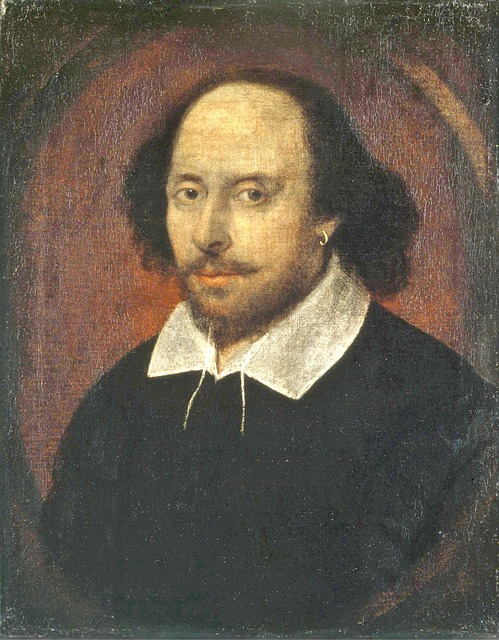Difference between revisions of "Artist and Society"
From Londonhua WIKI
Ekmceachern (talk | contribs) |
Ekmceachern (talk | contribs) |
||
| Line 18: | Line 18: | ||
=Overview= | =Overview= | ||
| − | The | + | The Artist and Society exhibition at Tate Modern is a permanent collection of various art forms that shows the relationship between Artists and social ideas and challenges. The art shows scenes of times of both peace and unrest in certain counties and places of the world. Some artists featured in the exhibit are Salvador Dalí and Jane Alexander. |
<br><br> | <br><br> | ||
__TOC__ | __TOC__ | ||
Revision as of 10:10, 15 May 2017
 Representative Article Image | |
| The Chandos Portrait of William Shakespeare | |
|---|---|
| Artist | Attributed to John Taylor |
| Year | c. 1600s |
| Dimensions | 55.2 cm × 43.8 cm ( 21 3⁄4 in × 17 1⁄4 in) |
| Location | National Portrait Gallery, London |
Overview
The Artist and Society exhibition at Tate Modern is a permanent collection of various art forms that shows the relationship between Artists and social ideas and challenges. The art shows scenes of times of both peace and unrest in certain counties and places of the world. Some artists featured in the exhibit are Salvador Dalí and Jane Alexander.
Contents
Background or Origin of Article
Begin writing the background information of this article, or use this format to begin a new article with some other relevant section filled with important information.
Use Subsections Headings
Organize each section of this article so that it has a logical flow. If you intend to discuss one aspect of the origin of a person, place, thing, or idea, identify the appropriate existing section of the article, or create that section if it doesn't exist. Then, make a clear subheading. If you notice that some other information is not organized clearly, rearrange the information, but do so cautiously and responsibly! The goal here is clarity for the reader.
Add links to other articles, but do not link to personal student profile pages or milestone pages. Add media as needed in the appropriate sections.
References
If appropriate, add a references section
External Links
If appropriate, add an external links section
Image Gallery
If appropriate, add an image gallery
Category tags
Don't forget to add category tags!!! Your Article Pages MUST contain one or more Category tags like this:
[[Category:Art]]
[[Category:Music]]
[[Category:Philosophy & Religion]]
[[Category:Drama & Theater]]
[[Category:Writing & Rhetoric]]
[[Category:History]]
[[Category:English]]
...and NO OTHER TAGS especially "project" tags.
See the Category Help page for assistance. Don't include irrelevant category tags in your article pages (like the Template category!)
Delete this entire "Category section" when editing this page--Categories don't need a heading.